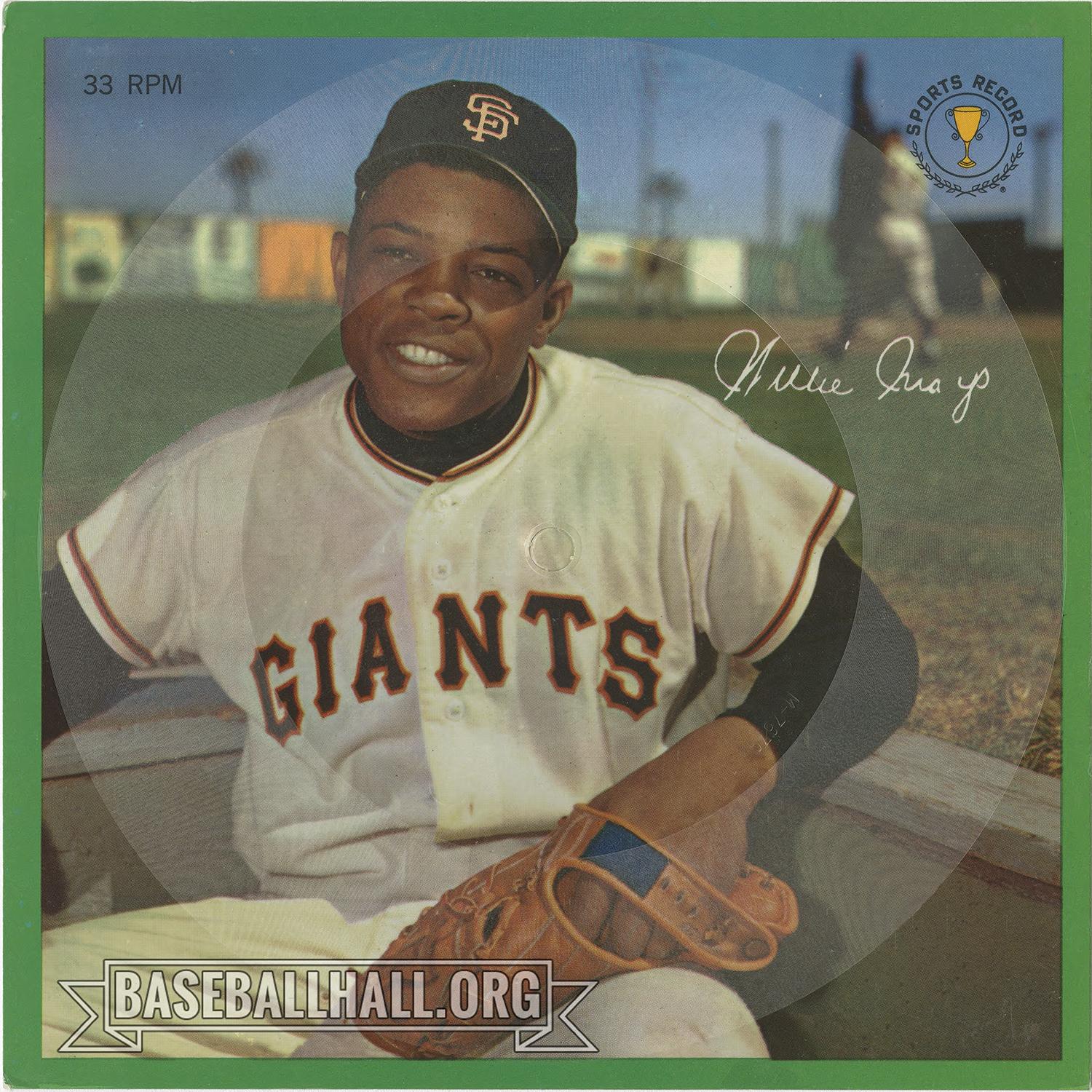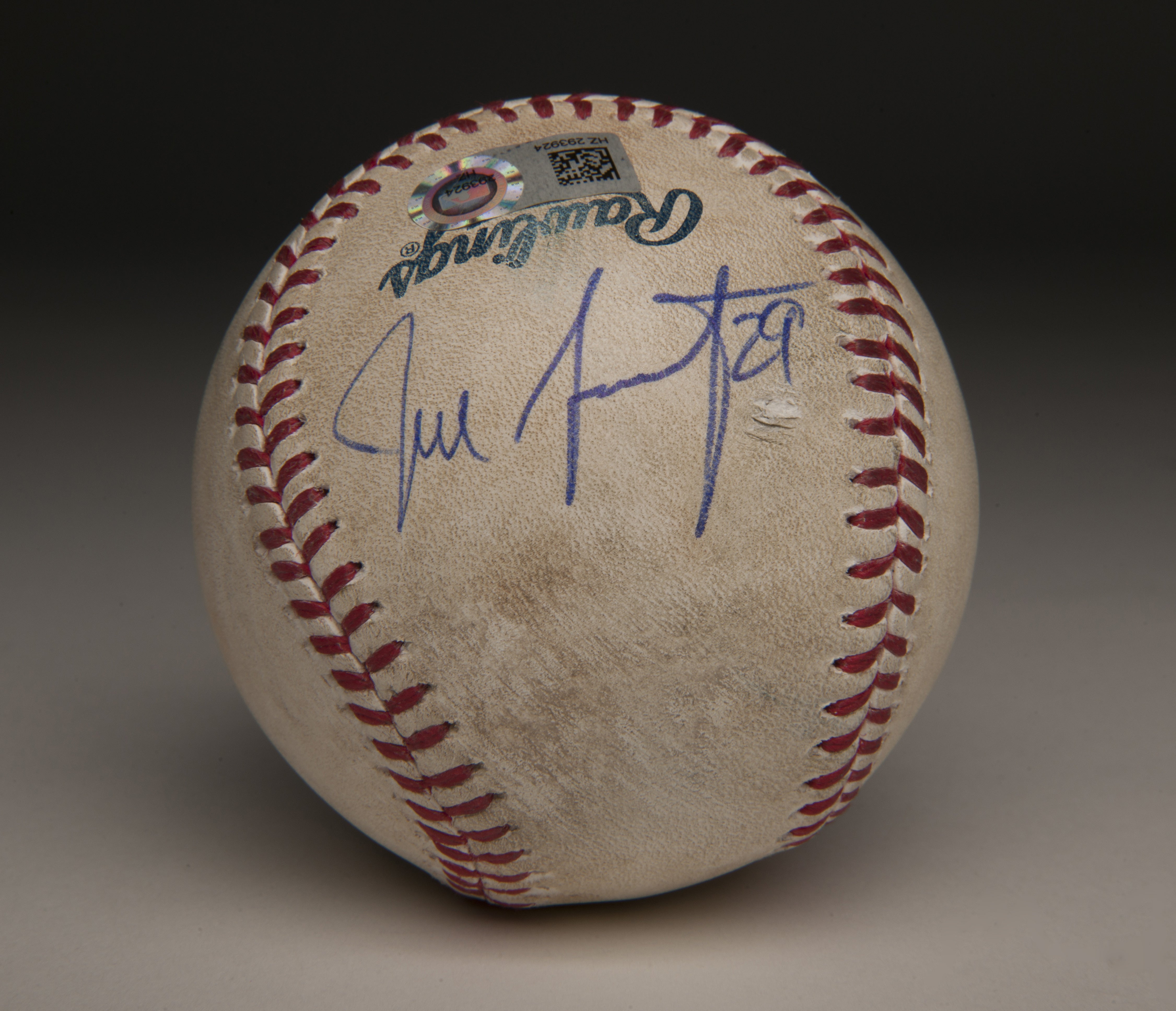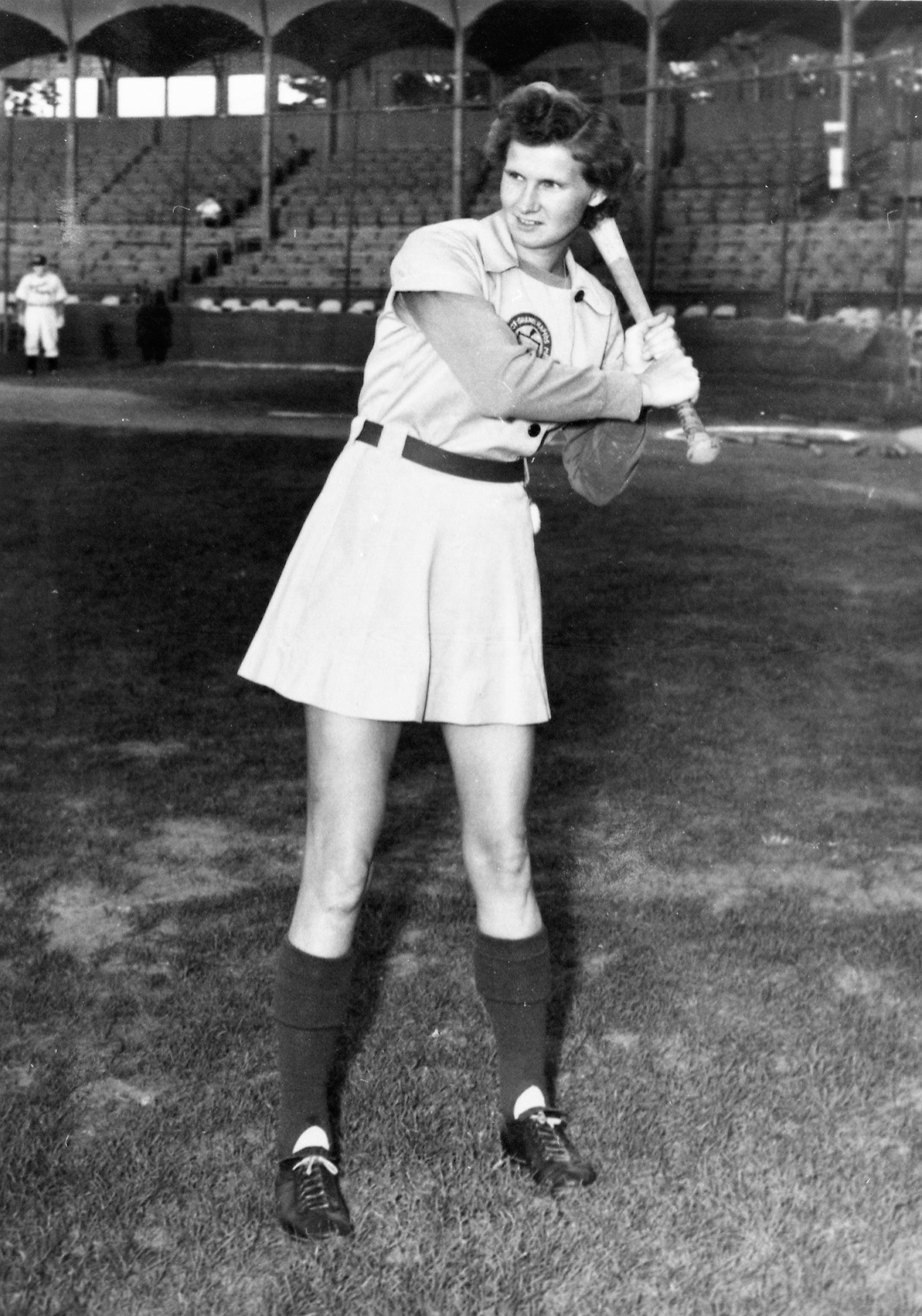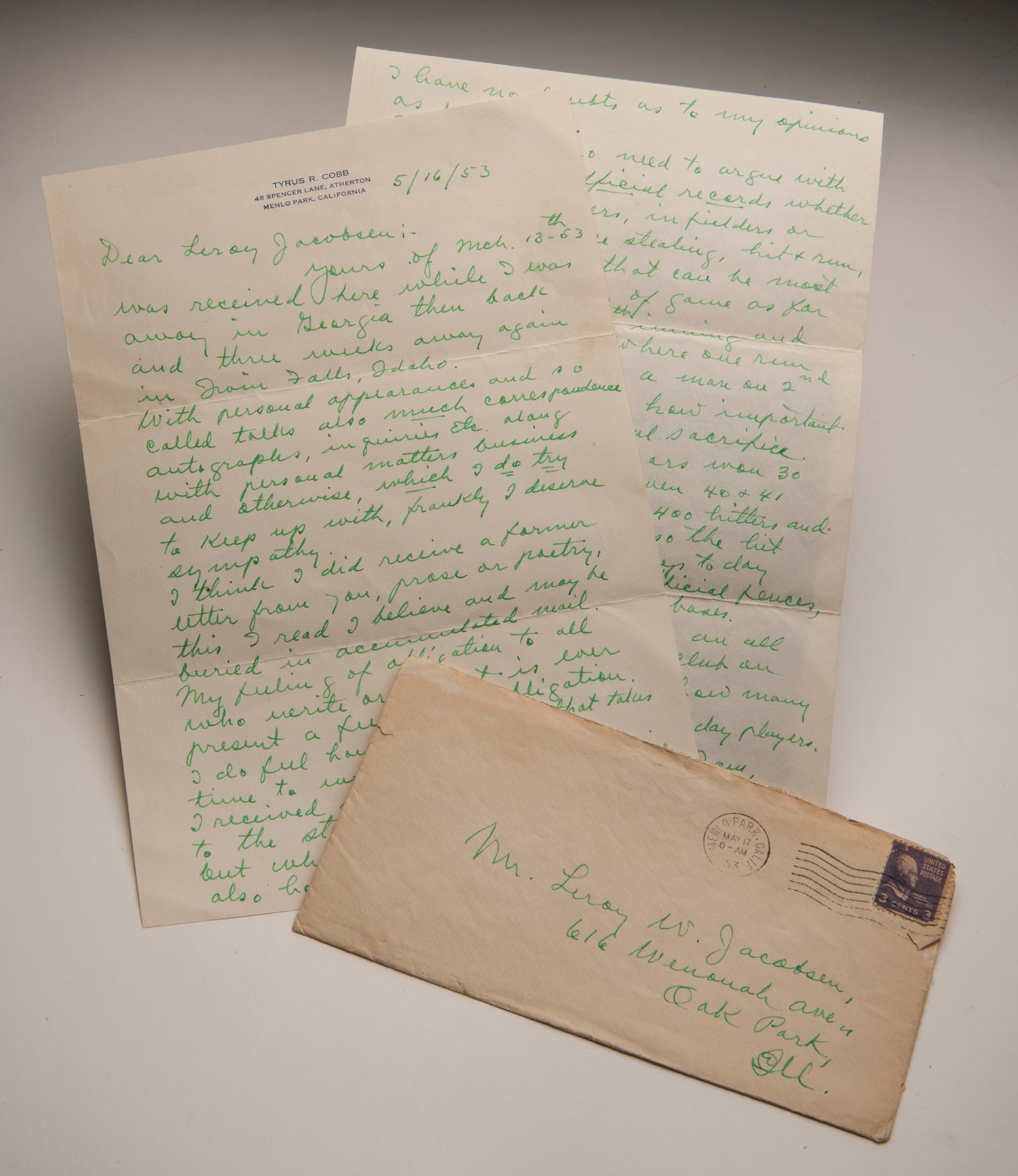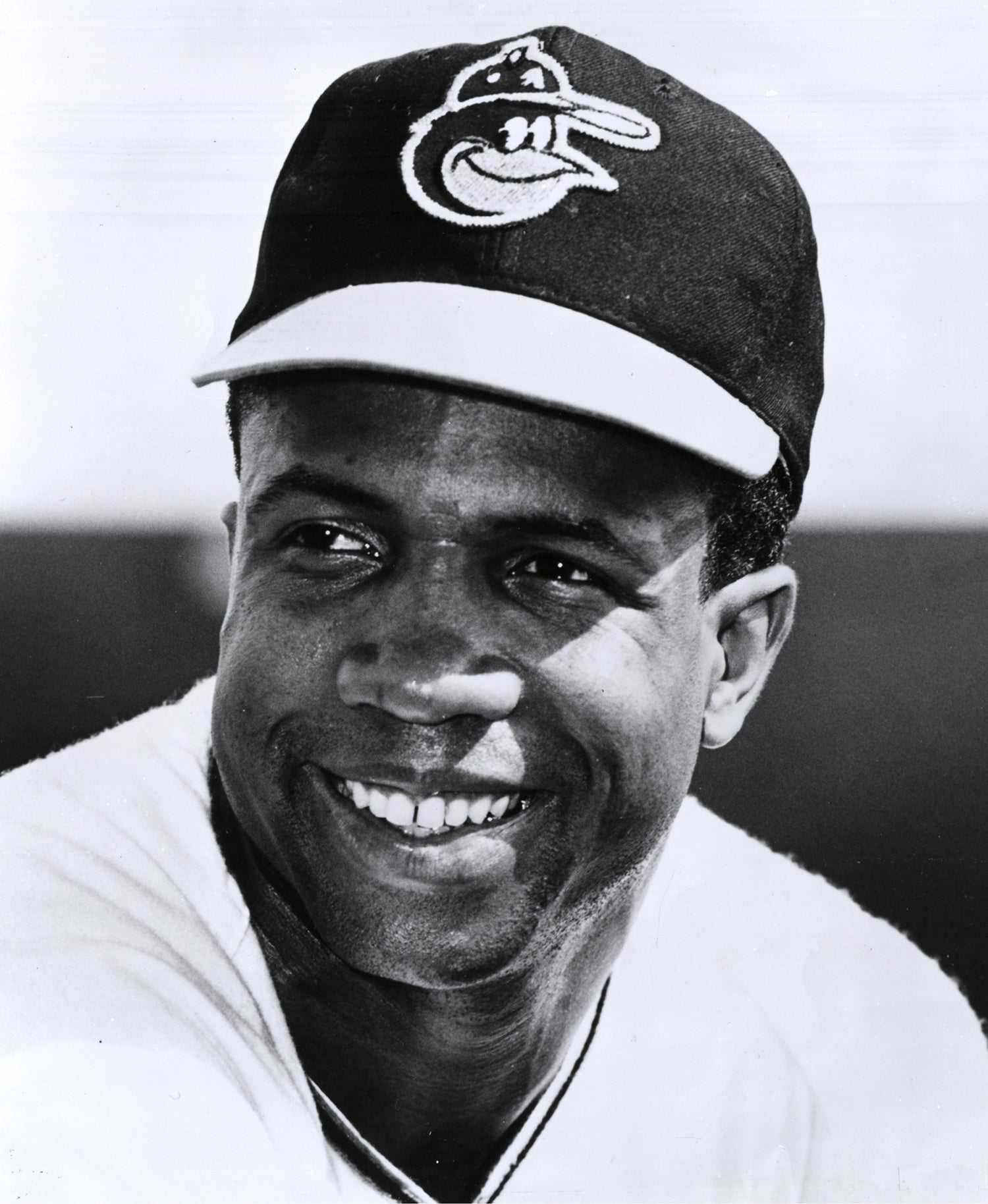- Home
- Our Stories
- #Shortstops: Talking Baseball…Cards
#Shortstops: Talking Baseball…Cards
The early 1960s saw some of the greatest players to ever grace the field: Ernie Banks, Sandy Koufax, Mickey Mantle and Willie Mays, just to name a few. To get any one of their baseball cards was a treat for kids of all ages. But the only sounds baseball cards made were when they were attached to bicycle spokes so that it sounded like a motorcycle. That was until Auravision brought baseball cards to life.
Hall of Fame Membership
There is no simpler, and more essential, way to demonstrate your support than to sign on as a Museum Member.
In 1964, Auravision, a part of Columbia Records, introduced a set of baseball cards. The cards are 6.75 x 6.75 inches and made of plastic-laminated cardboard. The front of each card shows a bright, clear photo of a player posed for the shot, either sitting or performing some sort of baseball-related action. There is also a facsimile autograph from that player on the front. The back of the card includes a brief bio of the player, as well as another photograph (this time, a black-and-white headshot) and the player’s minor, major and postseason stats, when applicable.
That is all pretty typical of a baseball card. What makes these cards different is the fact that they are also 33⅓ RPM records. On the back, along with the stats and information, are instructions on how to play the record. The front, besides being bright and colorful, is also grooved and actually playable on a record player or turntable. On the record is an interview with the player given by sportscaster Marty Glickman where the player discusses how to play baseball. For example, the popular Ernie Banks spoke with Glickman on his tips to young players on how he approached hitting. Banks’ advice was very practical, telling Glickman that he just watches the pitcher’s hands, waits for the ball and tries to meet it to get a hit. Banks was never concerned about getting home runs, saying with humility after Glickman asked him about hitting home runs, “I don’t necessarily try to hit a home run, I just go up there and try to meet the ball and get a base hit and sometimes it goes out of the ballpark.”
While these “talking baseball cards” are fairly common on the baseball card market, the record featuring Willie Mays is believed to be the rarest of the set. While nobody knows for certain, it appears to have been a short print, thus its relative scarcity.
The cards were originally offered as a part of a send-back promotion by Milk Duds candy and Meadow Gold milk. The entire set is part of the collection at the National Baseball Hall of Fame and Museum and can now be viewed on PASTIME, where you can see all 16 records, including 10 Hall of Famers. As these records can’t be played as a part of the collection, you’ll just have to use your imagination (or YouTube) to find out what other advice these players had to offer.
Cassidy Lent is the reference librarian at the National Baseball Hall of Fame and Museum

